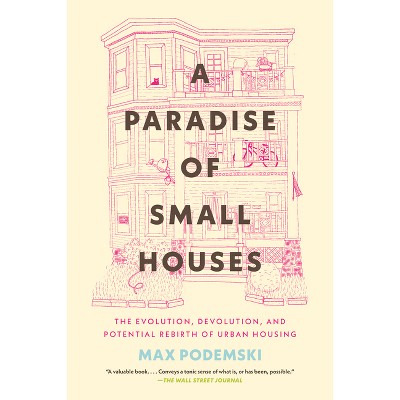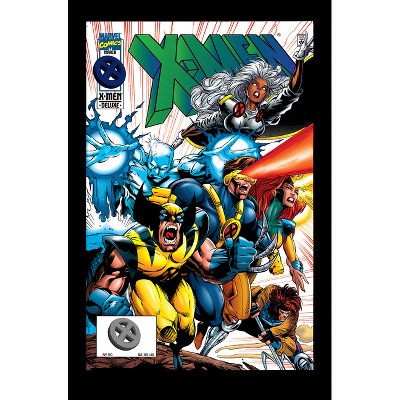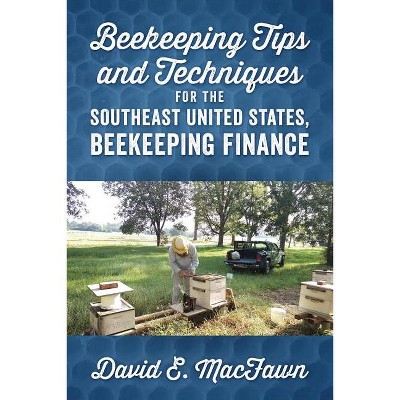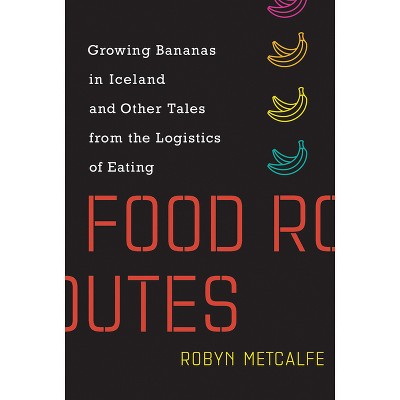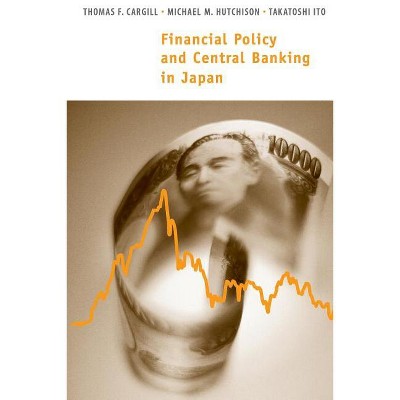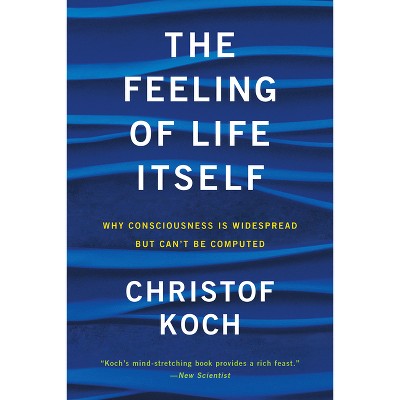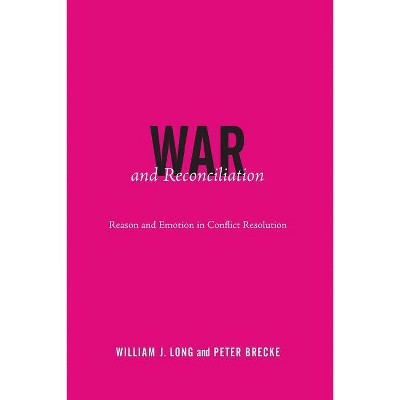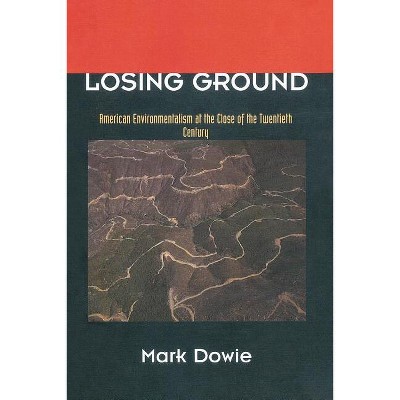Sponsored

More Sky - (Mit Press) by Otto Piene (Paperback)
In Stock
Sponsored
About this item
Highlights
- How to make public property artful and art public property--opening up new horizons in art and art education.Otto Piene opens up new horizons in both art and art education.
- About the Author: Otto Piene, project director for "Centerbeam" and director of MIT's Center for Advanced Visual Studies, continues to explore the many interfaces of art, technology, and the environment.
- 254 Pages
- Art, Subjects & Themes
- Series Name: Mit Press
Description
About the Book
How to make public property artful and art public property--opening up new horizons in art and art education.Book Synopsis
How to make public property artful and art public property--opening up new horizons in art and art education.
Otto Piene opens up new horizons in both art and art education. His book is a plea for more scope, more space for art--for making public property artful and making art public property--for freeing the arts from the tight economic bonds that give the curators and collectors a monopoly. He writes, The artist-planner is needed. He can make a playground out of a heap of bent cans, he can make a park out of a desert, he can make a paradise out of a wasteland, if he accepts the challenge.... In order to enable artists of the future to take on planning and shaping tasks on a large scale, art education has to change completely. The first part of More Sky covers things to do arranged alphabetically A-M--including city planning, clothing, collaboration, electronic music, engineering, government, graffiti, graphics, and green toad jelly. (Piene will take up N-Z some other time.) The last part of the book, Wind Manual, gives a practical demonstration of things to do in one area--the whole sky, making use of the wind. This section consists almost entirely of illustrations of some of the things the artist can do to purify the skies polluted by man--including flags, banners, ribbons, wind socks, wind sculptures, riggings, and kites.
About the Author
Otto Piene, project director for "Centerbeam" and director of MIT's Center for Advanced Visual Studies, continues to explore the many interfaces of art, technology, and the environment.
Shipping details
Return details
Frequently bought together
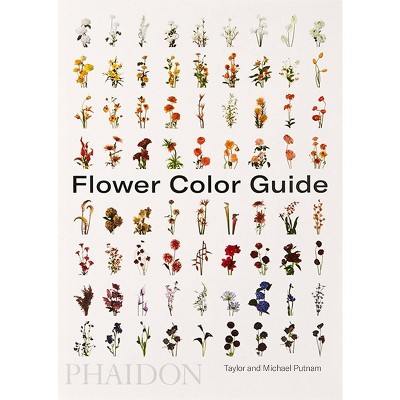
Trending Non-Fiction






